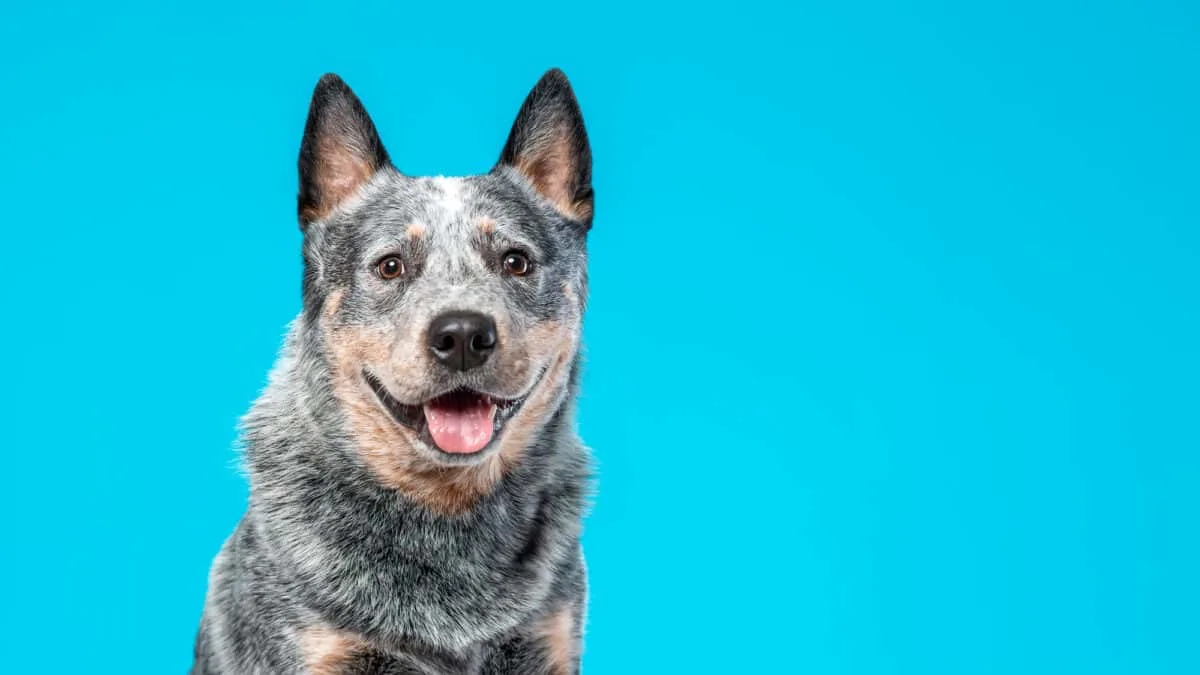If you’ve been looking for an intelligent, loving, and energetic companion, the Australian Cattle Dog might be your pup. Bred in Australia more than a century ago to herd cattle on sprawling ranches, these dogs quickly became famous worldwide for their high energy levels and unwavering loyalty.
Whether your lifestyle is active or passive, no doubt owning an Australian Cattle Dog comes with a lot of fun—and maybe some challenges too! Let’s explore everything from the breed’s history to temperament traits so you’ll have all the information to decide whether this is the best fit for your family. Let’s get started!
Overview Of The Australian Cattle Dog Breed
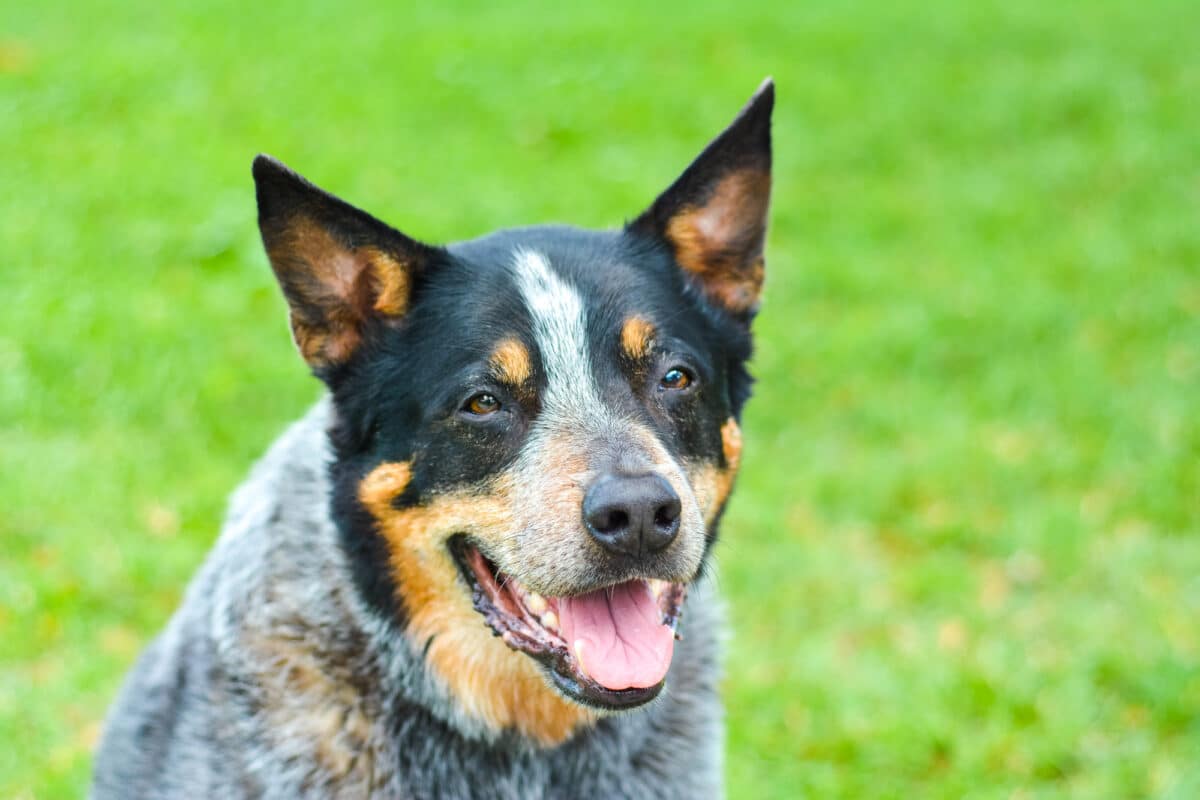
History
The Australian Cattle Dog, also known as the Blue Heeler or Queensland Heeler, owes its existence to the necessity of developing a breed that could handle the rough terrain and harsh climate of the Australian Outback.
It was first bred in the 1840s by a cattle rancher, Thomas Hall, who crossed a dingo with a herding dog breed, possibly the Border Collie and the English Sheepdog. In 1980, the American Kennel Club formally acknowledged the breed as a resilient and industrious canine capable of herding cattle across extensive distances.
Physical Characteristics
The Australian Cattle Dog is a medium-sized dog, standing about 17-20 inches tall at the shoulder and weighing between 35 to 50 pounds. They have a short, dense coat that comes in blue or red speckles, with or without black, blue, or tan markings. Their coats are weather-resistant, which helps protect them from the elements.
Temperament
Australian Cattle Dogs are incredibly loyal and devoted to their owners. These dogs possess abundant energy and necessitate ample physical activity and mental engagement to maintain their well-being and contentment.
While they make excellent companions for families, it is important to provide them with early socialization and training to prevent the development of excessive protectiveness or aggression towards unfamiliar individuals. Their intelligence and rapid learning abilities make them highly trainable for obedience and agility competitions.
Life Expectancy
The average lifespan of an Australian Cattle Dog is around 12-15 years, which is longer than most dog breeds.
Health issues
Like other canine breeds, Australian Cattle Dogs are predisposed to specific health concerns, including deafness, progressive retinal atrophy, hip dysplasia, and elbow dysplasia. Ethical breeders prioritize the well-being of their dogs and conduct health tests to decrease the likelihood of these conditions manifesting in their breeding stock.
Meeting The Needs Of Your Australian Cattle Dog: Key Factors For A Happy And Healthy Pet
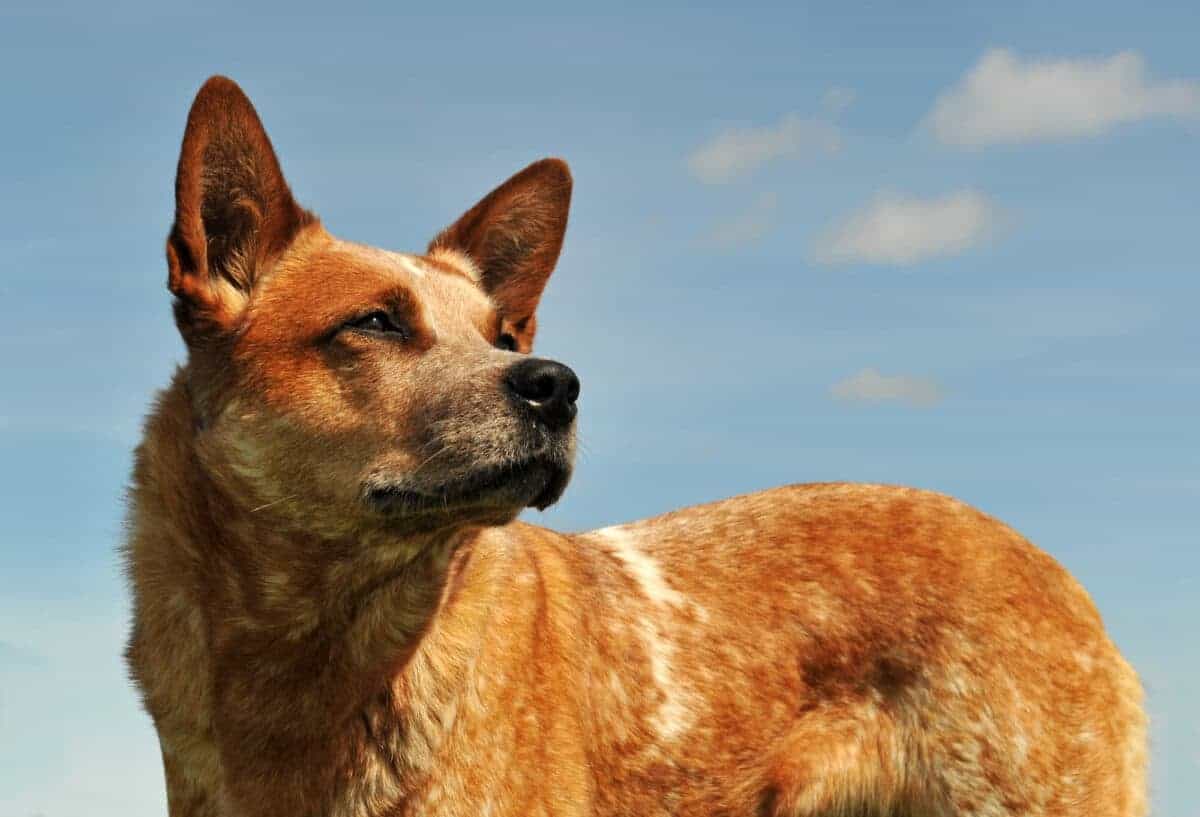
Understanding the needs and temperament of your Australian Cattle Dog is crucial for their overall well-being. As a working breed, they possess high levels of energy that must be channeled through regular exercise and mental stimulation. Here are some essential guidelines to ensure your Australian Cattle Dog thrives:
1. Ample Outdoor Playtime: Australian Cattle Dogs require plenty of outdoor play and exercise opportunities. Engage them in activities such as long walks, jogging, or playing fetch to help them release their energy and maintain their physical fitness.
2. Mental Stimulation: To keep their intelligent minds occupied, provide your Australian Cattle Dog with mental stimulation. One option to entertain your dog is by providing interactive puzzle toys that stimulate their mind and keep them engaged.
Another idea is to conduct obedience training sessions, which provide mental stimulation and help establish discipline. Additionally, involving them in dog sports, such as agility or obedience trials, can be a great way to keep them active and entertained.
3. Enroll in Dog Sports: Australian Cattle Dogs excel in dog sports due to their agility and intelligence. Enrolling them in agility classes or flyball activities can help keep them mentally and physically challenged while strengthening their bond with their furry companion.
4. Training and Socialization: Recognize the independent nature and strong-willed personality of Australian Cattle Dogs when training and socializing them. Developing a strong bond with your dog and ensuring their comprehension and obedience can be achieved through patience, consistency, and positive reinforcement techniques.
5. Provide Mental Challenges: Australian Cattle Dogs thrive when given tasks that require problem-solving. Incorporate activities like hide-and-seek with toys or teach them new tricks to keep their minds sharp and engaged.
By understanding and meeting the needs of your Australian Cattle Dog and providing adequate exercise, mental stimulation, and consistent training, you can ensure they lead a happy and healthy life in their forever home.
Check out 8 Things You Didn’t Know About Australian Cattle Dogs.
Grooming Requirements For The Breed
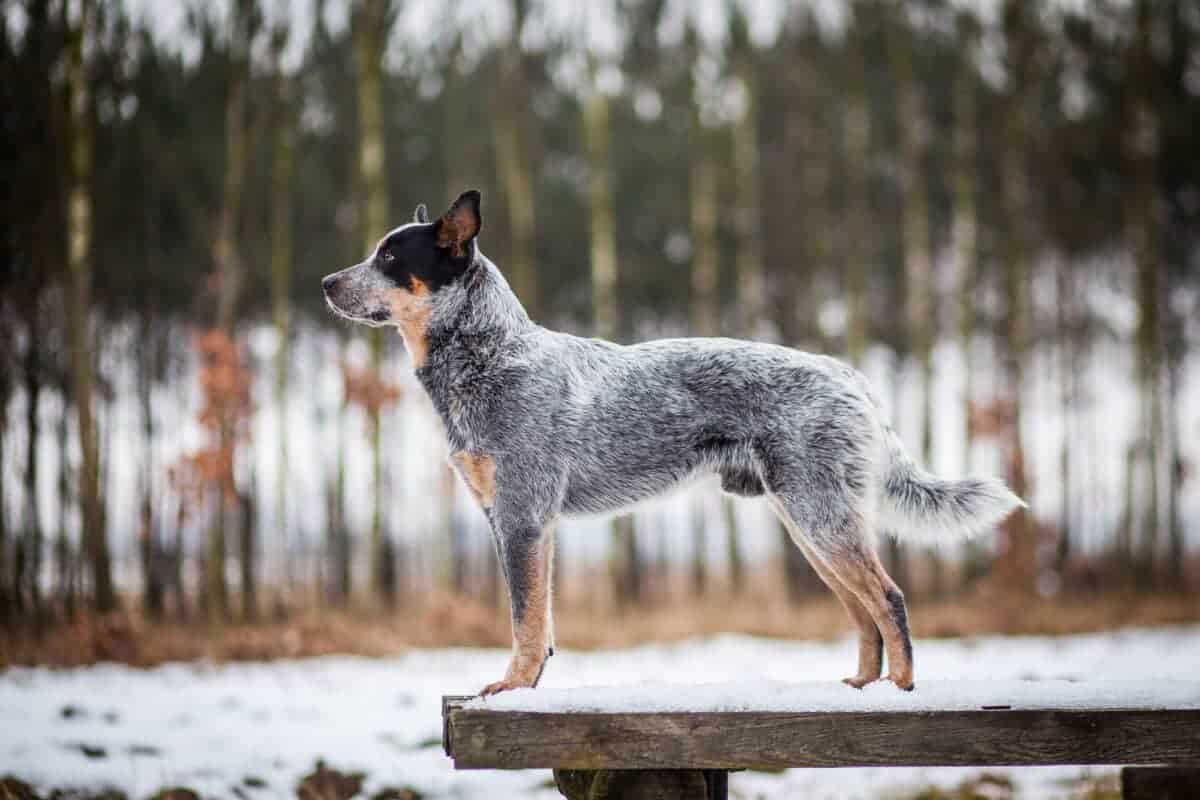
Understanding their unique needs and temperament is important to bond with an Australian Cattle Dog. These dogs were bred for herding, which means they have a strong drive to move, control, and protect livestock. The innate inclination can occasionally result in unfavorable conduct, like nibbling or directing individuals through herding.
However, these dogs can make loving and loyal companions with understanding and proper training. To ensure the well-being of these dynamic and clever canines, it is crucial to offer them abundant opportunities for both physical and mental engagement. They possess high energy and intellect, relishing in activities that challenge their abilities. By actively seeking to understand the unique needs and temperament of the Australian Cattle Dog, you’ll be laying the foundation for a strong and joyful relationship with these impressive animals.
Potty Training Tips
For dog owners, potty training can often seem like a daunting task. However, training an Australian Cattle Dog to use the bathroom outside is much easier than you might think. One important tip is to establish a consistent routine for bathroom breaks. For example, take your dog to the bathroom in the morning and after each meal.
Additionally, praise and reward your dog when they go potty outside. On the other hand, if your dog has an accident inside, do not scold or punish them, as this can confuse and stress them out. Instead, clean up the mess and try to take your dog outside more frequently in the future. With patience and persistence, your Australian Cattle Dog will be fully potty trained in no time.
How To Socialize Your Australian Cattle Dog
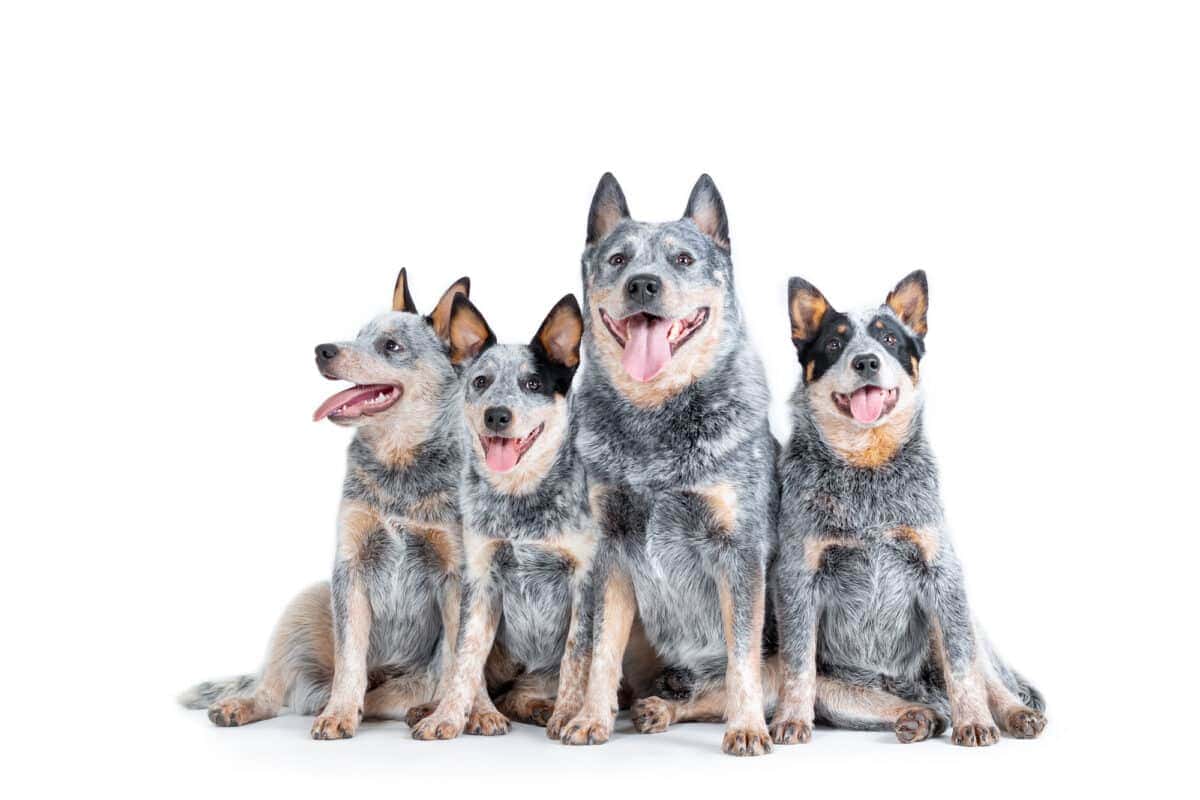
Bringing a new Australian Cattle Dog into your home can be exciting. Still, it’s important to remember that they are a breed that needs plenty of socialization. It’s essential to start socializing your pup as soon as possible by introducing them to various people, animals, and situations.
Enrolling them in a puppy obedience class can be an excellent way to help socialize them. You can also have friends and family visit and take your pup on daily walks to explore different environments. Socialization helps prevent behavioral problems in dogs and creates a well-rounded canine companion. It’s a crucial step towards ensuring your Australian Cattle Dog enjoys a happy and healthy life.
Training Tips And Tricks For Obedience
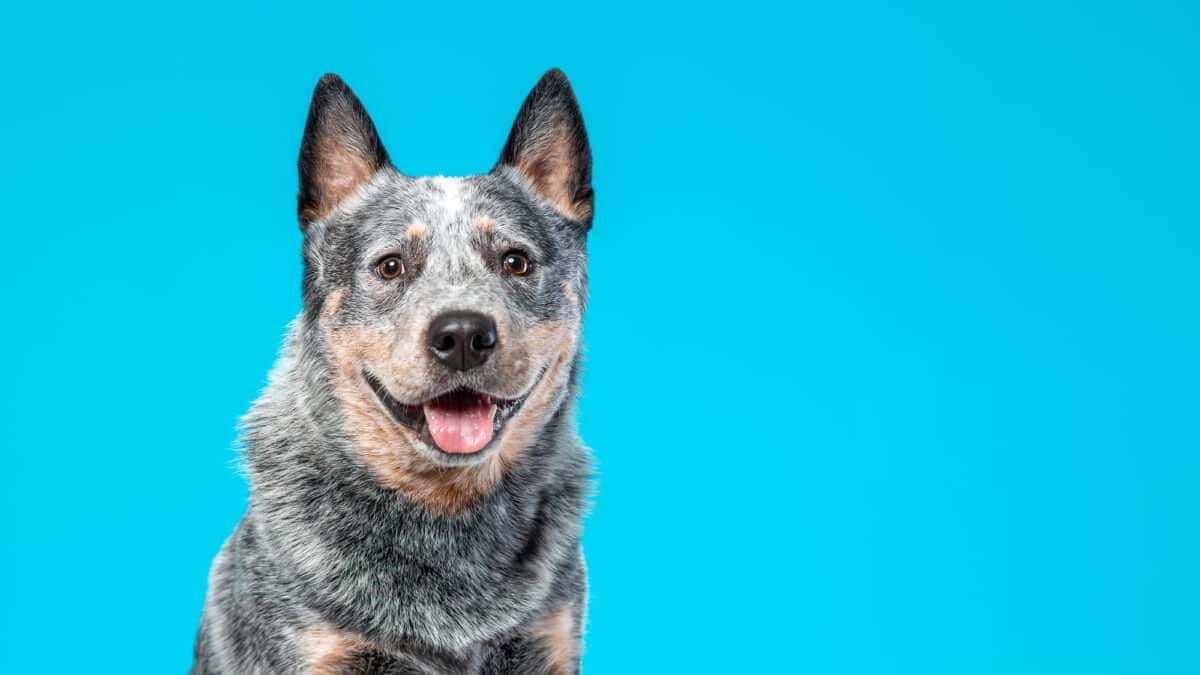
Training your Australian Cattle Dog can be fulfilling but requires commitment and patience. Obedience training is an essential aspect of a dog’s development, but it can be challenging, especially with these dogs’ energetic and independent nature.
To ensure effectiveness, start with the basics, like ‘sit,’ ‘stay,’ and ‘come,’ before proceeding to more advanced commands. Positive reinforcement is crucial -never use physical punishment or aggression. Reward good behavior with treats, praise, or a favorite toy. Use clear verbal cues and hand signals, and keep training sessions short but frequent.
Consistency is key: Practice these exercises daily, and always aim for progress, not perfection. Your Australian Cattle Dog can become a well-behaved and loyal companion with time and effort.
Check out Four Reasons Why Australian Cattle Dogs Are the Best Family Dog.
Key Points
| Topic | Summary |
|---|---|
| History | The average lifespan of 12-15 years, longer than most dog breeds. |
| Physical Characteristics | Medium-sized dogs with a height of 17-20 inches and a weight of 35-50 pounds. |
| Temperament | Highly loyal and energetic dogs that require proper socialization and training. |
| Life Expectancy | Average lifespan of 12-15 years, longer than most dog breeds. |
| Health Issues | Predisposed to deafness, progressive retinal atrophy, hip dysplasia, and elbow dysplasia. |
| Meeting Their Needs | Outdoor playtime, mental stimulation, dog sports, training, and mental challenges are essential. |
| Grooming Requirements | Proper understanding, training, and engagement are crucial for their well-being. |
| Potty Training Tips | Consistent routine, praise, and avoiding punishment for accidents. |
| Socialization Tips | Early socialization with people, animals, and different environments is vital. |
| Obedience Training Tips | The average lifespan of 12-15 years, longer than most dog breeds. |
| Conclusion | Australian Cattle Dogs are intelligent, loyal companions suitable for active and less active lifestyles. |
Conclusion
Much research is required to ensure that a Cattle Dog fits your family well. After carefully looking at the breed’s history, temperament traits, and energy levels, you should be able to decide whether or not this pup is the right fit for your lifestyle.
While they are high-energy dogs, Cattle Dogs can adapt to less active lifestyles if certain needs are met—like frequently changed-up playtime activities and plenty of socialization with other people and canine companions.
Overall, if you’re searching for an intelligent, loyal canine companion who loves adventure and relaxing at home by your side, a Cattle Dog could be the perfect pup for you!
Did you enjoy this article? Check out the following articles: The Aussiedoodle – The Ultimate Guide To, Australian Labradoodles – Unleashing Love And Fluffiness!, and Australian Bulldog – The Loyalty and Intelligence.
Join our Forum for free today!

- Top 10 Savanna Animals - June 3, 2024
- American Bulldog – Cute Ball of Fear - May 31, 2024
- Mammoths Vs. Mastodons - May 31, 2024

